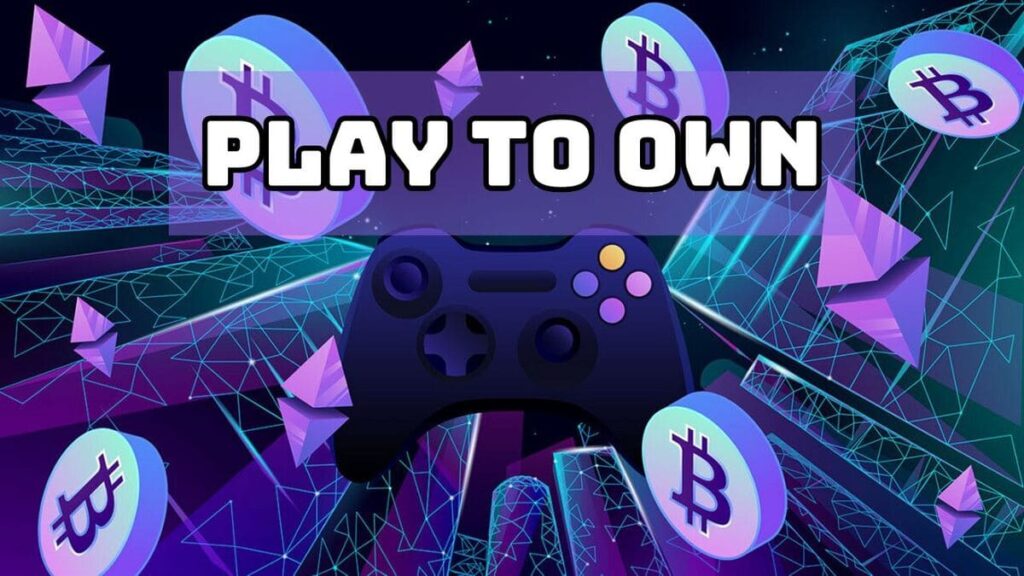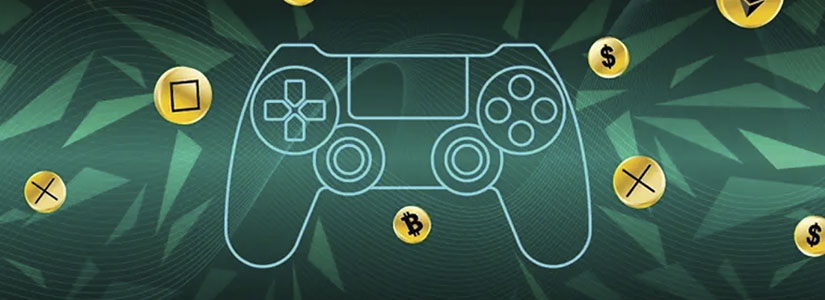TL;DR
- Play-to-Earn collapsed because it prioritized the economy over gameplay: it inflated tokens with no gameplay foundation and turned players into traders.
- The Play to Own model proposes scarce, usable in-game assets with intrinsic value — not tied to promises of fast profit.
- Ownership alone isn’t enough: if a game lacks purpose and culture, no NFT will retain users beyond short-term speculation.
For a while, the Play-to-Earn (P2E) model promised to forever change the relationship between players and games. The idea was simple: play and earn. Transferable token income, open economies, crypto rewards you could cash out in real money. The promise seemed irresistible. But the collapse was inevitable — not because the crypto market is volatile (everyone already knew that), but because the system was flawed from the start: players were just another cog in an inflationary scheme disguised as innovation.
Instead of focusing on gameplay, developers prioritized an economy based on constant token emissions. Every new user became a liquidity source for the one before. Value held up only as long as more players kept coming, willing to buy what others no longer wanted. The fiction of “earning through play” didn’t last long. As soon as token prices stopped climbing, the exodus was immediate. 90% of projects are now dead or abandoned. Sector funding dropped over 70% in Q1 of 2025. And monthly active users continue to plummet.
What was sold as decentralization ended up as a poorly designed casino, where volatility devoured any attempt to build community or game culture. The player stopped being a player — they became a trader of worthless items, forced to sell before prices collapsed. In that setup, no one stays for the game. Only for the gain — fleeting and unstable.
Play to Own Aims to Break From Opportunism
In the wake of P2E’s discredit, another approach is gaining ground: Play to Own (P2O). It’s no longer about handing out tokens like promotional coupons, but about giving players true ownership of unique, scarce, and verifiable in-game items stored on the blockchain. These assets stop being volatile exchange chips and become objects with value in themselves — not because of the hope they’ll appreciate, but because they’re meaningful.
The Play to Own model resembles physical collectibles more than financial reward systems. A legendary weapon, a rare skin, or a digital land plot doesn’t need to come with a promised return. Its value stems from its in-game usefulness and perceived scarcity. That demands a different architecture: limited issuance, controlled supply, and burn mechanisms to avoid market saturation. The asset holds value because there’s something behind it: compelling gameplay, an engaged community, a design that sees the economy as a tool — not the main product.
But to prevent Play to Own from becoming just another empty experiment, developers need a different mindset. Swapping a token for an NFT isn’t enough. The relationship between player and game must be reimagined — not as a job, not as a financial instrument, but as a space where the time invested generates cultural value, not just monetary gain. If incentives continue to favor cashing out over staying in, the cycle will repeat itself.
It’s Not About Ownership — It’s About Purpose
The Web3 gaming industry is at a crossroads. Numbers no longer convince. Promises, even less. The idea that any digital item can have value simply by existing on the blockchain is wearing thin. Ownership, by itself, doesn’t create meaning. The real challenge is to design games with purpose — where players want to stay, not to earn, but because what happens inside is worth more than what can be extracted outside.
Digital ownership isn’t the problem. The way it was monetized was. P2E failed because it mistook players for investors. Play to Own still has room to learn from that mistake — but only if it understands that holding an asset doesn’t guarantee value. Value, as always, is defined by the game. And if the game doesn’t engage, no NFT will save it













